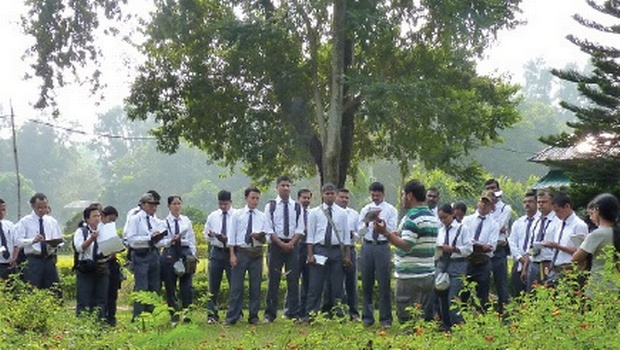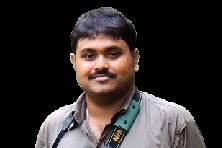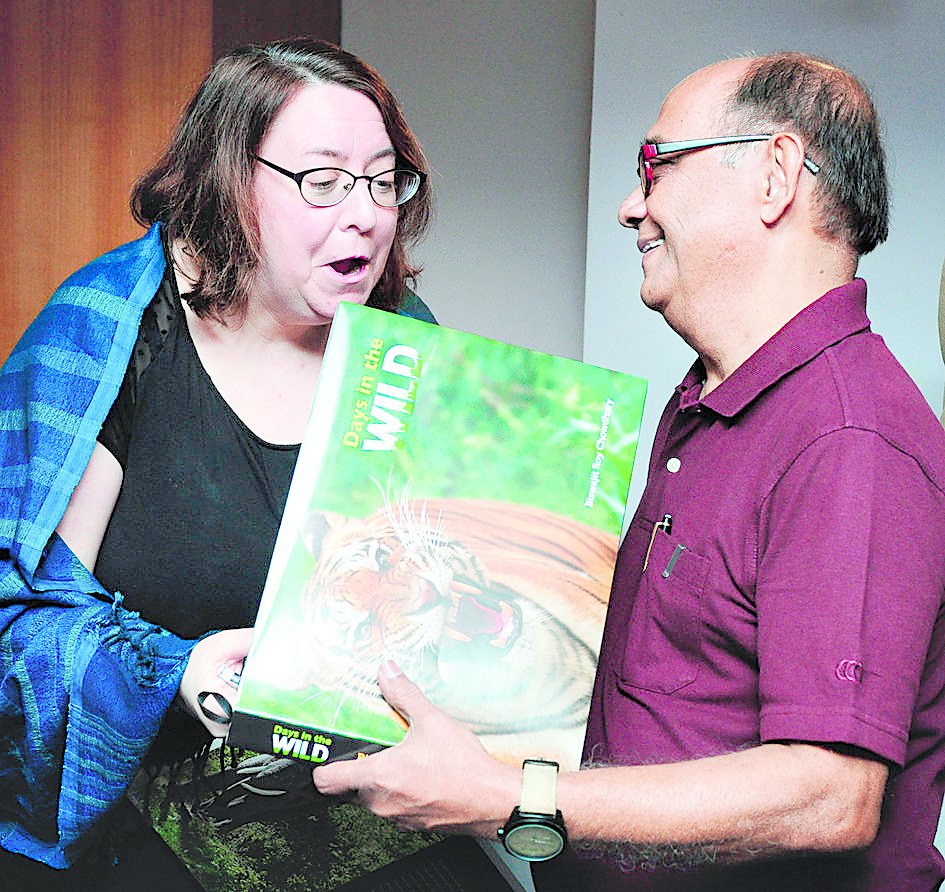Kolkata :
Scientists at the Zoological Survey of India (ZSI) have discovered 176 new animal species in the run-up to their centenary year that kicked off on Wednesday.
Speaking to TOI, ZSI director K Venkataraman said 93 new species of insects were recorded by the team last year along with 24 species of amphibians, 23 species of fish and two species of reptiles. The other new finds were 12 species each of arachnida and crustacea, one type each of nematoda, trematoda and mollusca.
“It has been an exciting year with our scientists contributing to the inventory of animal species on the planet. Apart from the new finds, 61 species of animals that were found elsewhere in the world were also found and recorded in the country,” Venkataraman said.
Of the new insects discovered, several were found in Bengal. Agricnemis kalinga was found in Panchala, Howrah; Amemboa bifucrata in Kalikhola, Jalpaiguri; Amemboa mahananda in Mahananda Wildlife Sanctuary, Darjeeling; Onchotrechus dooarsicus in Buxa Tiger Reserve, Jalpaiguri; Pleciobates bengalensis in Alipurduar; Calvia explanata in Darjeeling and Forcipomyia parasecuris in Burdwan. In addition, several other species were found across the state.
ZSI deputy director Dhriti Banerjee said Bengal has one of the richest faunal diversities in the country due to its diverse climatic zones. “Of 96,000-odd recorded animal species in India, 11,042 species, or more than 10%, are found in the state. Different climate zones — alpine temperate forest in Darjeeling, tropical forest in north Bengal, desiduous forest in south Bengal, dry grassland in the middle and mangroves in Sunderbans — support the varied animal life,” she said.
In fact, north Bengal, particularly Darjeeling, is considered a animal diversity hotspot by zoologists as the Eastern Himalayas is the gateway for faunal elements coming to India. “Any experienced scientist can confidently set out on a trip to Darjeeling and find a new species. The insect and ambhibian population in Darjeeling is very high,” Banerjee said.
While new species are being discovered in the state, several species have become extinct, including Javan rhinoceros, Asiatic two-horned rhinoceros, musk deer, monal pheasant, mombin quail, pink headed duck, marbled cat, golden cat, three-banded palm civet, mock viper and gore’s bronze back viper.
While ZSI has traditionally focused on surveys, collection of specimens, identification, naming and preserving, it has now started working on a GIS platform so they can be spacially and temporally mapped for reference. An ambitious programme to digitize the specimens is underway.
“A databank of high resolution photographs of type specimens, along with their full profile — what it looks like, where it was discovered, where it is found now and its DNA bar code — will be created,” Banerjee said.
Banerjee is heading the Rs 3 crore project to digitize information on 7,286 species, most of which are 100-200 years old.
source: http://www.timesofindia.indiatimes.com / The Times of India / Home> City> Kolkata / TNN / July 02nd, 2015





